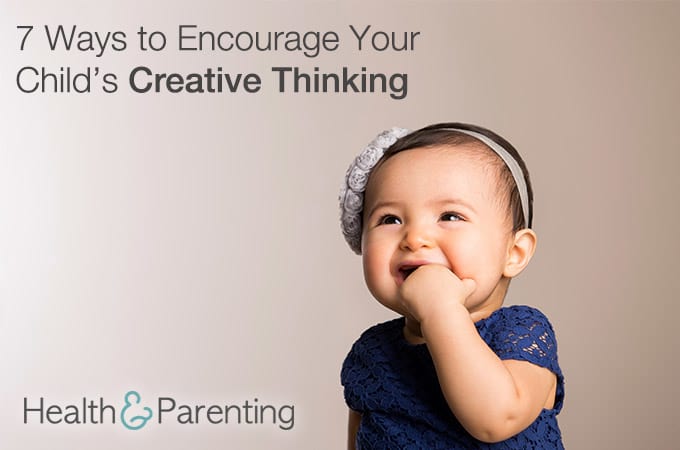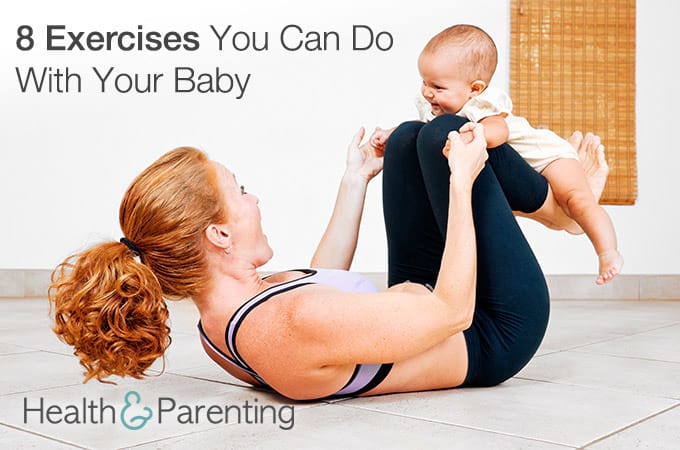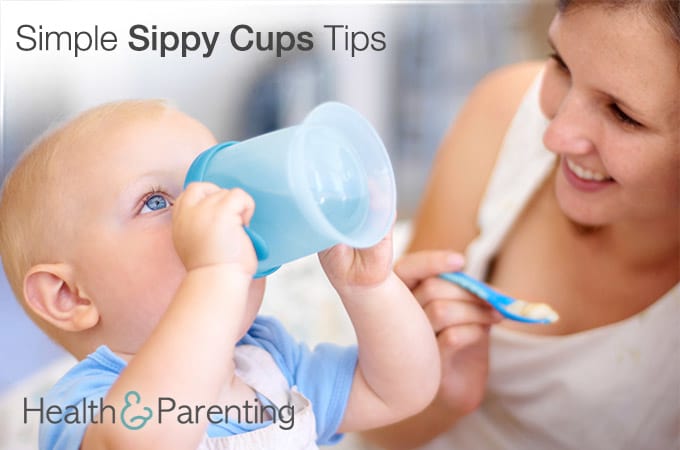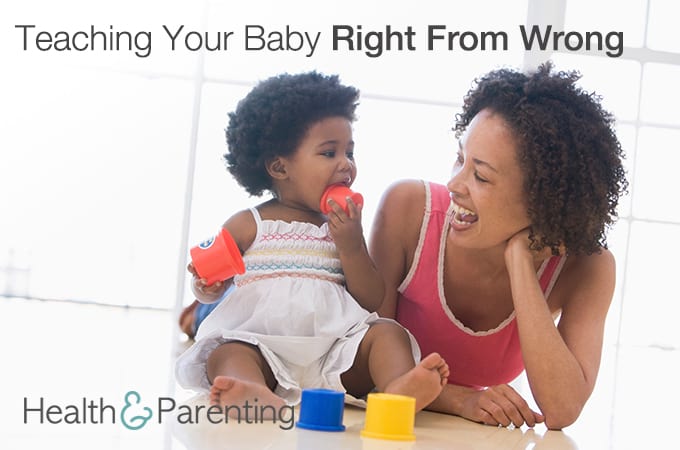Dear Baby,
You’re not so little anymore. You grow bigger and more independent every day and it is an honor to be here and see you grow. It feels like you’ve always been here with me, but it hasn’t even been a year since you were born. That day changed everything. My heart swelled, my perspective changed and I realized I had created the world’s most perfect human. The love I feel for you is unlike anything else, it is stronger and more primal than any other emotion. I would do anything to protect you from harm.
Already, I can see you growing and changing. You are determined to get your independence. Almost every week you do something new and amaze both of us with your developing skills. You want to explore on your own, safe in the knowledge that I’m following right behind you. I know that one day you won’t turn round to check I’m there anymore, you’ll be too busy running forwards to waste time looking back for little old me. You’ll be heading out to meet friends, dating and searching for your dream job. And I’ll be right here, watching from the wings and waiting for those phone calls home.
That all seems like a million years away, but I know it’ll be here in the blink of an eye. I can’t believe how quickly these past few months have gone. It seems like only yesterday we met for the first time and yet here you are, approaching that all important first birthday milestone. You have so much ahead of you. Soon you’ll learn to walk and then run and I’ll be watching with baited breath, hoping you won’t fall. But if you do, I’ll scoop you up in my arms and kiss your grazed knees better. I will always be here for you. When those grazed knees turn into a broken heart, a bruised sense of pride or work stress, I’ll still be here to scoop you up and help you with your problems.
Know that I am always yours, no matter what. Whenever you need me, I will be here. You can talk to me about anything and everything and I will do my best to continue to be the best mama I can be and support you in growing into the best version of yourself.
I love you always and unconditionally,
Mama
Written by Fiona (@Fiona_Peacock), mother, writer and lover of all things baby related.
This information is not intended to replace the advice of a trained medical doctor. Health & Parenting Ltd disclaims any liability for the decisions you make based on this information, which is provided to you on a general information basis only and not as a substitute for personalized medical advice. All contents copyright © Health & Parenting Ltd 2016. All rights reserved.
















